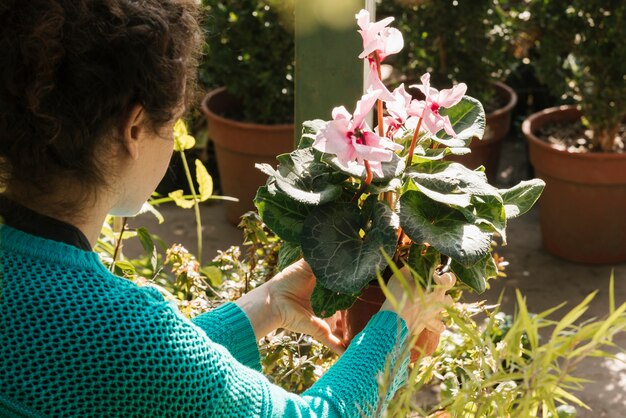
Sponsored article
Creating a visually captivating and ecologically sound garden involves more than just selecting beautiful plants. It requires an understanding of how to blend different elements in harmony, such as diverse plant heights. By incorporating a range of plant sizes, you can add depth, texture, and interest to your outdoor space. This guide will explore the benefits and methods of using plant height diversity to craft a well-balanced, thriving garden. Whether you’re a beginner or an experienced gardener, these insights will inspire your landscaping endeavors.
Understanding plant height diversity is essential for anyone looking to create a harmonious garden that boasts both ecological vibrancy and stunning aesthetic appeal. By incorporating plants of varying heights into your garden, you can achieve a visual balance that is both pleasing to the eye and beneficial to the environment. Plant height diversity allows gardeners to layer their landscapes, creating a sense of depth and dimension that draws the viewer in. Tall plants can serve as striking focal points or natural backdrops, while medium-sized plants create a bridge that harmonizes the transition to lower-growing species. This arrangement not only contributes to diverse garden landscapes but also supports ecological health by offering habitats and food sources for different species. By combining varying plant heights, gardeners can facilitate healthier plant communities that attract a broader range of pollinators and beneficial insects, ensuring a dynamic landscape that is alive with movement and color all year round.
Choosing the right plants for height variation is crucial in creating a harmonious garden where each element complements the other. Proper plant selection involves understanding the growth habits and mature height of each species. Begin by mapping out your garden space, noting sun exposure and soil conditions, which will guide your plant choices. For height variation, consider a mix of ground covers, mid-height bushes, and taller shrubs or small trees. This layered approach not only creates visual interest but also ensures each plant has the opportunity to thrive without competing for light and nutrients. When assessing plant height, factor in the rate of growth and seasonal changes. For instance, fast-growing annuals can provide quick height, while slow-growing perennials build a lasting structure. Ensure plants share compatible needs by selecting varieties that favor your garden’s natural climate and soil type. Complementary plants not only enhance aesthetic appeal but also support a thriving, sustainable ecosystem.
To master the art of plant arrangement in your garden design, embracing layering techniques can help you create an aesthetically pleasing and harmonious environment. Begin by selecting tall species, such as ornamental grasses or towering perennials, and position them as the background of your garden bed. These tall plants form a lush backdrop and provide stature, setting the stage for the rest of the garden. Next, incorporate medium-height plants as fillers; they will seamlessly bridge the gap between towering accents and ground-level blooms. Consider using shrubs or medium-sized perennials that offer a variety of textures and colors. Finally, frame your garden with shorter plants like ground covers or low-lying flowers, which act as charming borders or foreground accents. This layered approach not only adds depth but also ensures that each plant stands out, contributing to the overall beauty of the space. To maintain interest through seasonal changes, choose plants with varied blooming times and foliage colors, ensuring your garden design evolves dynamically throughout the year.